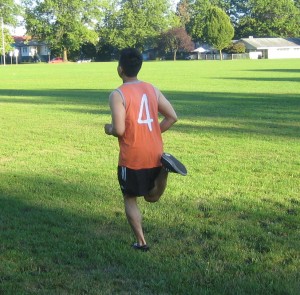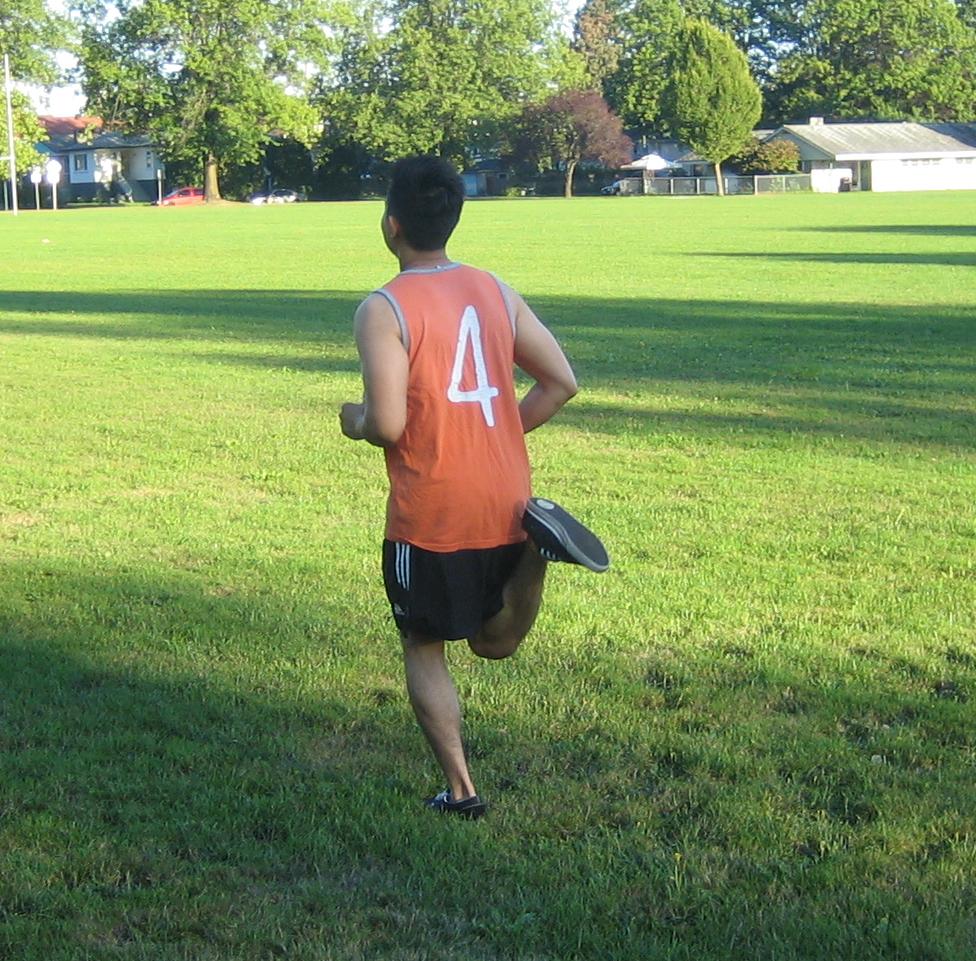When travelling outdoors, it is vital to take into consideration extreme temperature safety. This can range from rainy days to the dry season and from extremely hot daytime hours to cold nights.
The body has a normal temperature between 98.6-99.9 degrees F. The temperature is maintained without a warming or cooling device, but the outside environment should be approximately 82 degrees F. More clothing can be added during the cold months while air conditioners or fans are used during the warmer months to maintain a healthy body temperature.
Nevertheless, there are instances where some end up in an environment with extreme temperature variances. With this is mind, it is vital that you know any health concerns the individuals faces and how to avoid any temperature related issues.
Safety during extreme temperature
Heat
Extreme temperature particularly heat can trigger several health issues. Remember that the relative humidity in the environment can drastically affect the temperature one actually feels. The elevated environmental temperature can be detrimental to the human body. In the scale of 90-105 degrees F, heat cramps as well as exhaustion can occur. If it is higher than 130 degrees F, it is likely to lead to heatstroke.

A vital key to avoid heat-related illnesses is to keep the body properly hydrated. Fluids must be consumed until the urine is clear or light colored. If there is significant sweating or fluid loss, it is vital to replace the electrolytes as well. The clothing used must be suitable to the environment as well.
Cold
Just like with extreme temperature during the warm season, it is not advisable to depend solely on the thermometer reading of the environmental air. Remember that the wind speed and external body moisture can cause chills that drastically changes the cooling rate of the body and how the individual feels.
During extremely cold weather, particularly if there is a high wind-chill factor, one can develop the rapid onset of hypothermia. Additionally, falling into cold water can cause immersion hypothermia.
It is vital to protect an individual who has the early symptoms of hypothermia. He/she must be transferred away from the cold right away if possible. Nevertheless, it is not advisable to warm the individual suffering from a serious case using vigorous rubbing since this can lead to more difficult issues.
Being prepared to handle conditions due to extreme temperature as well as recognize the early indications can prevent further harm as well as other unwanted complications.

